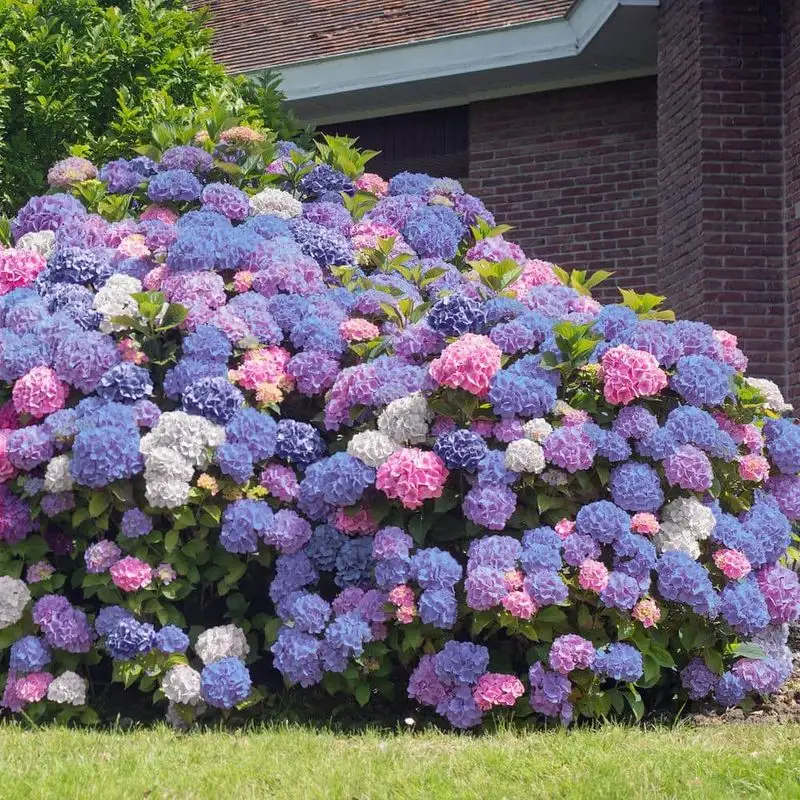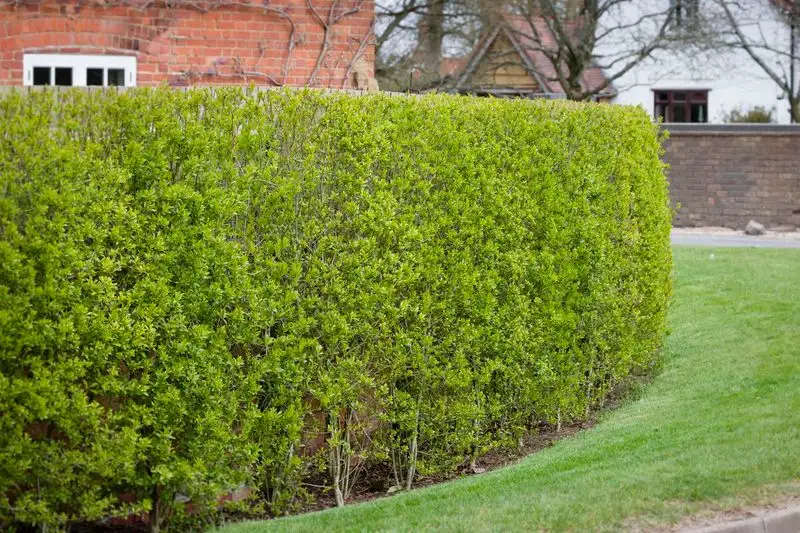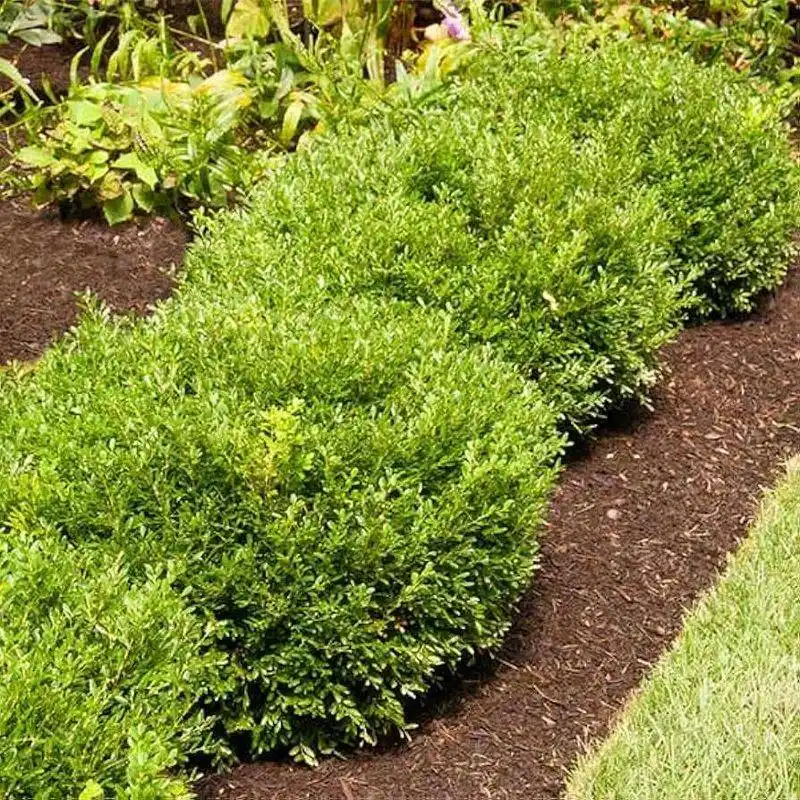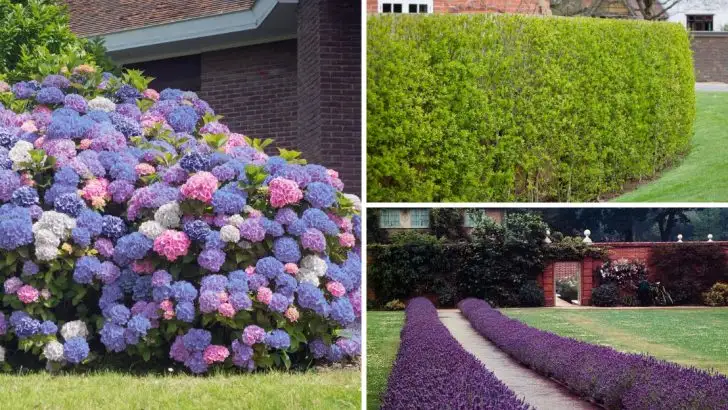Boxwood hedges have been the go-to choice for neat borders and formal structure for years. They’re reliable, easy to shape, and have that classic look. But lately, more gardeners are moving on. Issues like disease, pest problems, and a general sense of overuse have made these once-loved shrubs feel more like a chore than a design staple.
That shift has opened the door to fresh options—plants that bring texture, color, and seasonal interest without all the maintenance headaches. Some are more relaxed and natural-looking, others still offer that crisp edge but with a bit more personality. If boxwoods are starting to feel a little tired in your landscape, you’re definitely not alone—and there are some great alternatives worth considering.
Hydrangea Bushes

Hydrangea bushes are capturing the hearts of gardeners with their stunning, voluminous blooms. Known for their ever-changing colors, these plants bring a dynamic quality to any garden. Originating from Asia, hydrangeas have been cultivated for centuries, adorning gardens with elegance. These bushes thrive in a variety of climates, offering flexibility for gardeners.
Their ability to adapt to different soil types makes them a versatile choice.
Whether lining a path or creating a vibrant focal point, hydrangeas are a testament to nature’s beauty and resilience. Did you know? Hydrangeas can change color depending on the soil’s pH level.
Privet Hedges

For those seeking structure without the fuss, privet hedges offer a classic solution. Their dense growth and minimal maintenance needs make them ideal for busy gardeners.
A quick-growing option, privets provide privacy and act as natural windbreakers. Originating from Europe and Asia, they have long been used in traditional gardens.
Their small, fragrant flowers attract pollinators, adding life to the garden. With privets, gardeners enjoy a versatile plant that can be shaped to fit any landscape design. Curious fact: Privet berries are toxic, yet birds find them irresistible.
Lavender Borders

Lavender borders offer a fragrant and colorful alternative to traditional hedges. Known for their soothing aroma, these plants create a calming atmosphere in gardens.
Lavender’s origin dates back to the Mediterranean, where it’s been prized for its healing properties. The plants thrive in sunny, well-drained areas, perfect for low-maintenance gardeners.
Their vibrant purple flowers attract bees and butterflies, enhancing biodiversity. Lavender’s versatility extends beyond aesthetics; it’s used in culinary and medicinal fields. Fun tidbit: Romans used lavender in their baths for relaxation and fragrance.
Holly Shrubs

Holly shrubs bring year-round interest with their glossy leaves and bright berries. These resilient plants withstand harsh climates, making them perfect for varied environments.
Hollies have been cherished in horticulture for their decorative appeal, often associated with winter festivities.
Their dense foliage offers excellent privacy and shelter for wildlife. With a rich history in folklore, holly is said to ward off evil spirits. Gardeners appreciate holly for its minimal care requirements and striking visual presence. Did you know? The holly tree is the official state tree of Delaware.
Yew Hedges

Yew hedges are celebrated for their timeless elegance and adaptability. Known for their dark green foliage, yews serve as a sophisticated backdrop in gardens.
These evergreens tolerate shade better than most, making them ideal for diverse planting conditions. Historically, yews have been used in European topiary art, showcasing their pliability.
Yews offer excellent windbreaks and privacy screens. Despite their slow growth, they live for centuries, symbolizing longevity. Interesting fact: In ancient times, yew wood was prized for making longbows, demonstrating its strength and flexibility.

